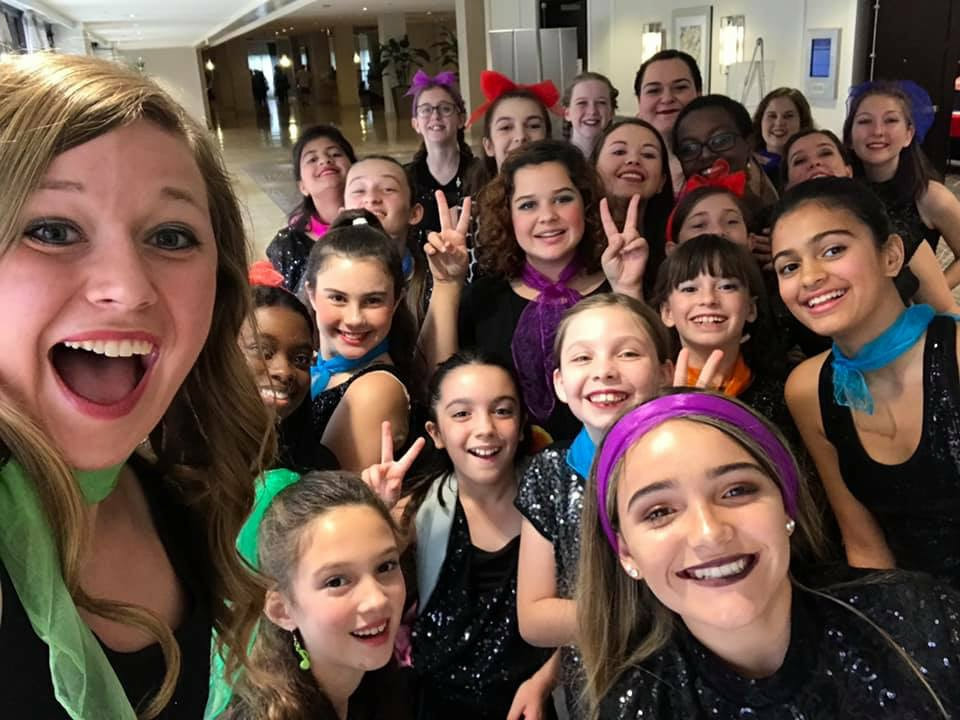Lessons You Can Learn From Singing Barbershop.
|
The a cappella style and the ear training necessary for independent part singing make it one of the most challenging and rewarding accomplishments of a vocal ensemble.
Improved Ear Training for Accurate Tuning When the music is sung accurately and with good breath support and vocal techniques, barbershop harmony produces overtone vibrations that create a resonant ring unique to this form of music.
Develops a Strong Sense of Tonality, Revolving Around the Circle of 5ths A chorus functions as a unit. Each person contributes to the whole and each has to work with each other to neither eclipse nor be eclipsed.
Promotes Teamwork Without effective articulation our audience can’t even understand what we’re singing about!
Stresses Proper Diction in Execution of Word Sounds Confidence comes with the “doing”. That’s why it’s critical to hone your craft as a singer by using proper techniques. Seek perfection in your practice and performance.
Develops Poise, Confidence, and Performance Skills |
Of course you are familiar with SATB choral music, where the melody is usually in the First Soprano line, above all others. The voice parts in barbershop harmony have different names and functions than they do in SATB vocal styles. The LEAD voice generally sings the melody and is below the TENOR harmony; the TENOR part sings the highest note in the chord; the BARITONE part fills in the all-important missing note in a chord that may be above and below the melody; and the BASS part supplies the harmonic foundation (root or fifth) of the chord. When these parts are sung properly and with minimal vibrato, the harmonics in the individually sung tones reinforce each other to produce audible overtones or undertones. Barbershoppers call this "ringing a chord."
Helps Develop Sensitivity to Chord Balancing and Choral Blend
Helps Develop Sensitivity to Chord Balancing and Choral Blend
One significant goal of any art form is communication. A barbershop performance refers to how the artist communicates her message and vision via the transformation of a song into an entertaining experience for an audience. The performance of a song is the artist’s gift to the audience; whose experiences, memories, and imagination transform that gift into an emotional experience. The performers’ goal is to create a high level of entertainment through the performance. The means to that end are as varied as the personality, abilities and creative skills of the performers.
Builds Interpretive Performances, Reflecting the Intentions of the Composer/Lyricist
Builds Interpretive Performances, Reflecting the Intentions of the Composer/Lyricist
